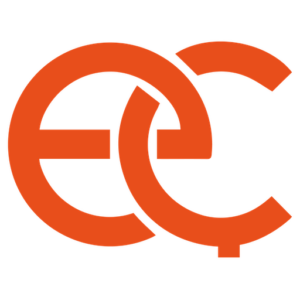One of our consulters asked: “My mother had a clot in her brain 2 years ago. She received physical therapy but did not recover. Does she have a chance to recover anymore?”
It is very important for patients who had a stroke (paralysis) to start physical therapy at the earliest period. In patients who have had a stroke, the rate of recovery is quite high especially in the first 6 months. However, this does not mean that recovery does not occur after 1 year or 2 years. There are some misconceptions about stroke in the society and even within the health system. Some of the misconceptions we frequently encounter are:
A patient has a stroke, is admitted to the emergency service and then to intensive care. The patient is finished with neurosurgery, neurology and leaves the intensive care unit. Then the patient’s relatives may be told, “Take your patient to home, let them rest for 1-2 months, let him recover, then you can take him to physical therapy”. This is a big mistake and unfortunately, it is still being done. Physical therapy should be started at the earliest stage when the patients condition stabilizes.
Some patients may be called as care patients at an early stage before they have undergone a rehabilitation process. Then these patients may be sent to home care or patient care clinics. We have many patients whom we take from patient care clinics in the early period and conduced to returning to daily life. So, the patient should first be directed to a clinic where they can receive intensive rehabilitation and their potential for recovery should be stimulated.
Another mistake is the thinking that “This patient has had a stroke 2 – 5 years ago, this patient has no chance of recovery.” In these matters, the relatives of the patient should seek advice from a combined center which works in the field of neuro-rehabilitation (dealing with stroke-paralysis and brain injury treatment) first.
Such a center includes specialists from many different disciplines such as physiotherapist, occupational therapist, physical therapy technician, speech and swallowing therapist and respiratory therapist. In these teams, each professional group can evaluate the patient in terms of their own specialty and make predictions about the patient’s potential for recovery.
In a comprehensive neurorehabilitation center, the physical therapy and rehabilitation physician will draw a road map for the patient and their relatives. Find out what can be done for the patient, what functions can be improved and proceed accordingly. If there are functions that are not expected to improve for the patient, you can learn these from a proven physician who is professionally involved in the field.
The idea that “it has been 2 years, he cannot recover” is very wrong. Maybe the patient did not reach optimum rehabilitation within 2 years. Maybe he had a disease such as diabetes and because it was not fully regulated, the neural tissue did not have the opportunity to recover. Maybe there is a heart rhythm disorder, and the patient has small repetitive strokes. So, these need to be detected well. We need to focus on how we can improve the patient’s activities of daily living, their functions and increase their quality of life.
Goals should be set for each patient according to the patient’s condition. For example, enabling a patient who has been in bed for 2 years to sit with or without support will increase the patient’s quality of life and independence.
Does The Brain Recover Itself?
It used to be thought that neural tissue could never recover. But studies have shown that there are a lot of reserve stem cells in the brain. Stem cells are the cells that are ready to be processed. If we can train the stem cells in the brain well, they can re-learn the task.
Neural tissue is open to recovery at any age and in any period. The potential to regenerate the brain of a 5–10-year-old child is of course much higher. But the brain has the capacity to regenerate itself at any age. You know that many courses are opened for older people. Older people can learn a lot of new things, they can learn languages, they can learn to play an instrument, or they can study at university. As people learn new things, life is prolonged, and the brain renews itself.
However, what needs to be emphasized here is the frequent, repetitive and continuously applied rehabilitation practices. Half an hour or an hour of exercise therapy in the clinic will not be enough for the patient to recover. The patient needs to transfer the activities which are gained in the clinic to daily life and home. With intensive and correct rehabilitation practices, recovery in neural tissue is always possible.

